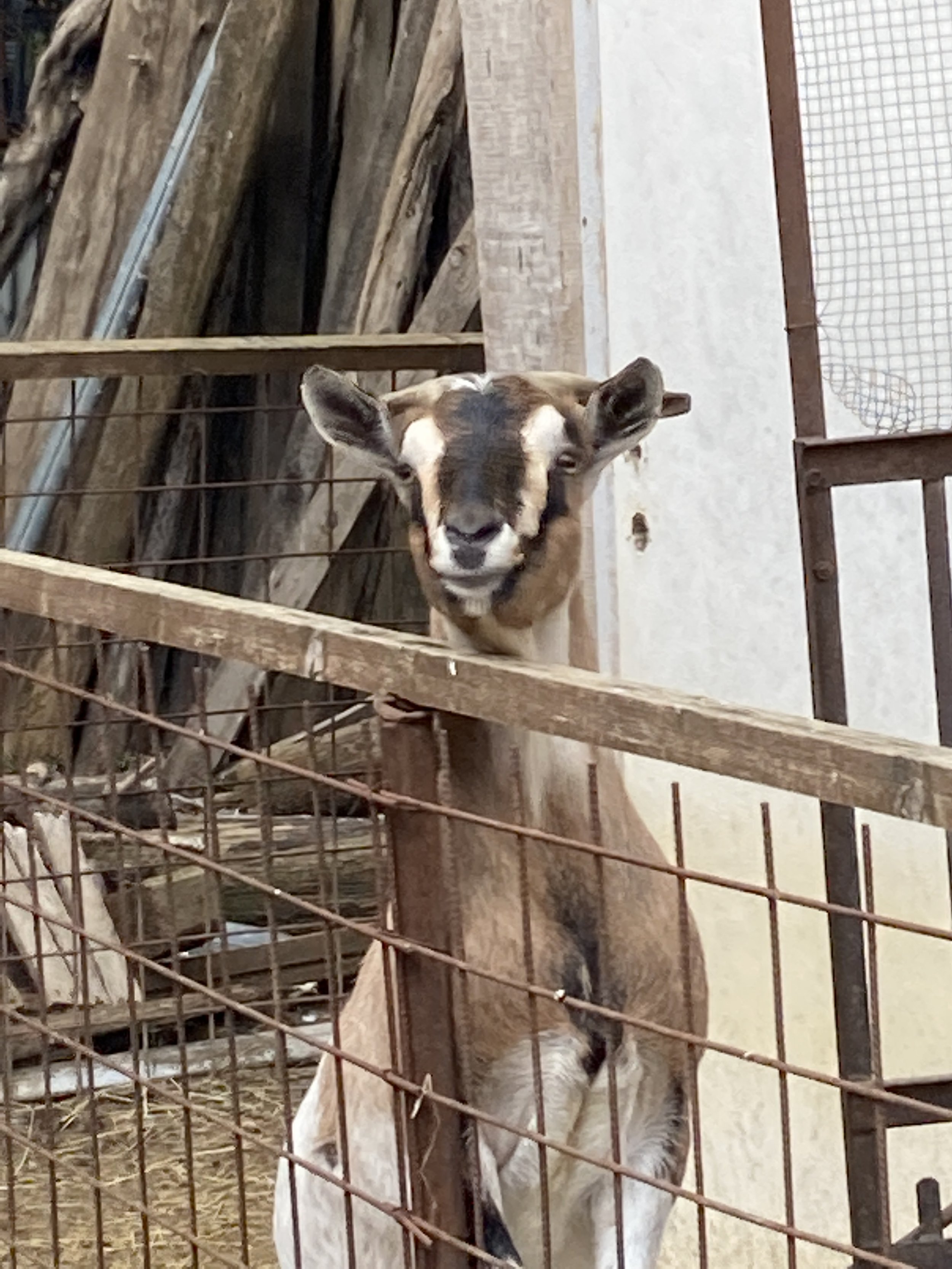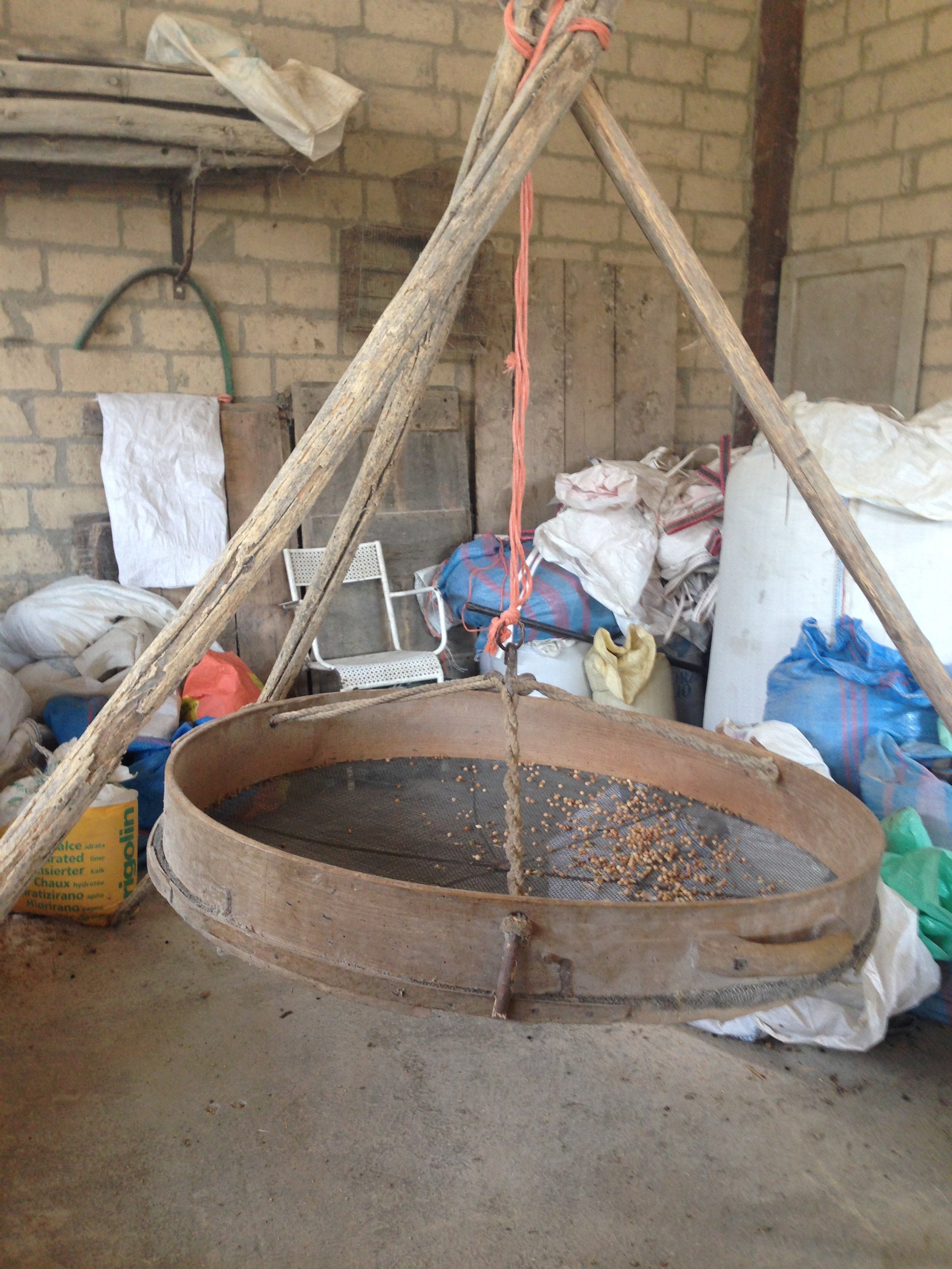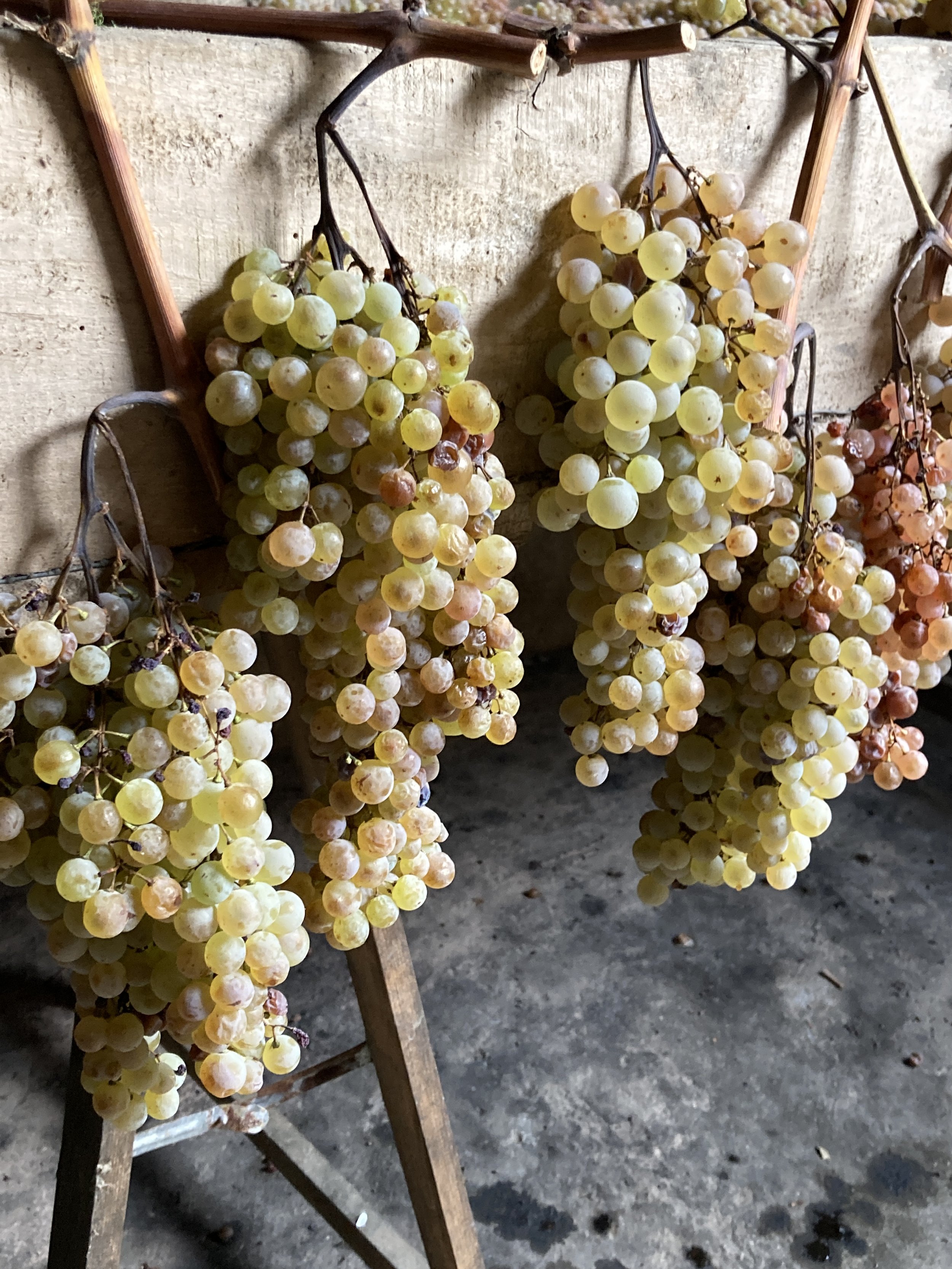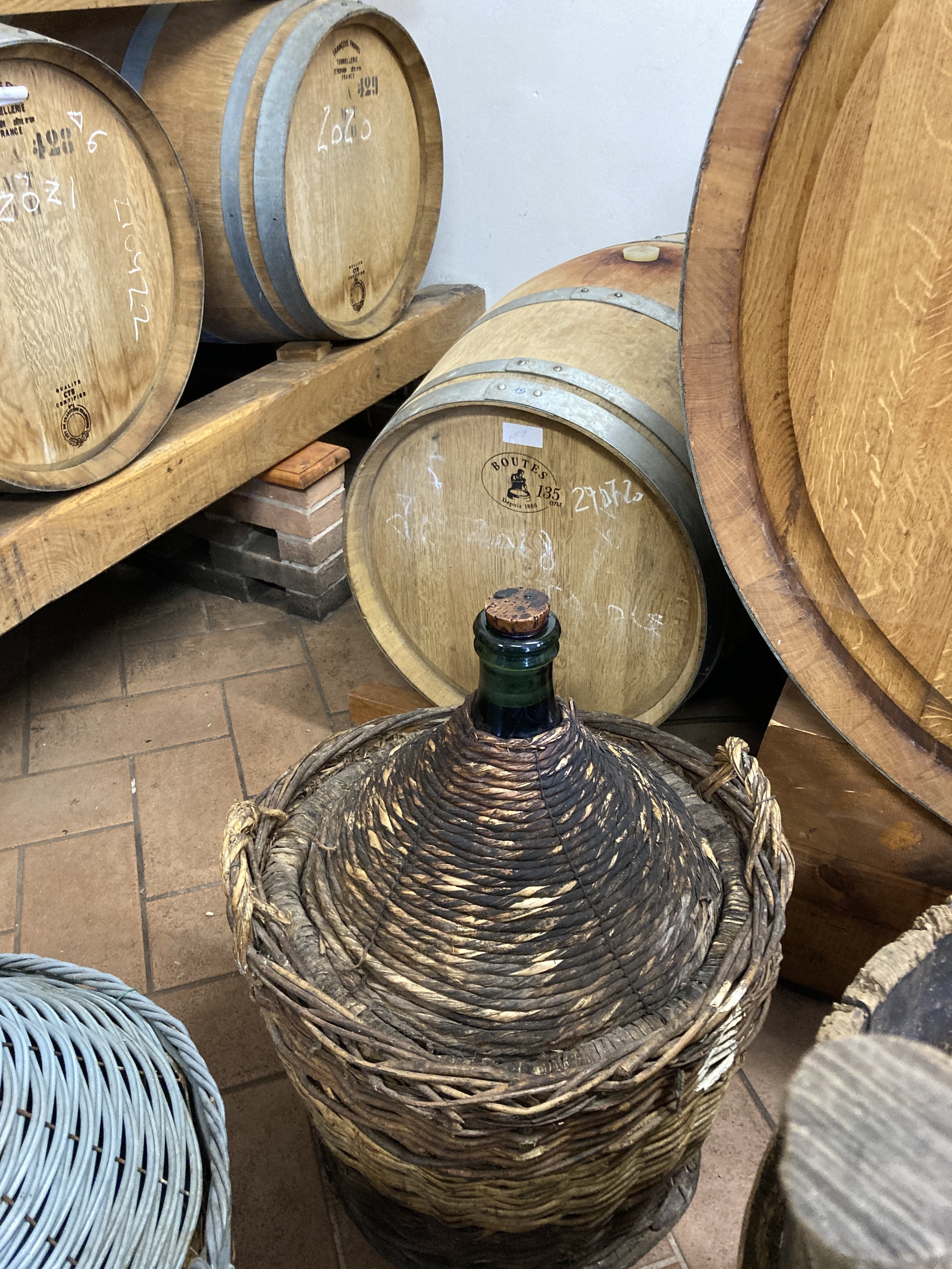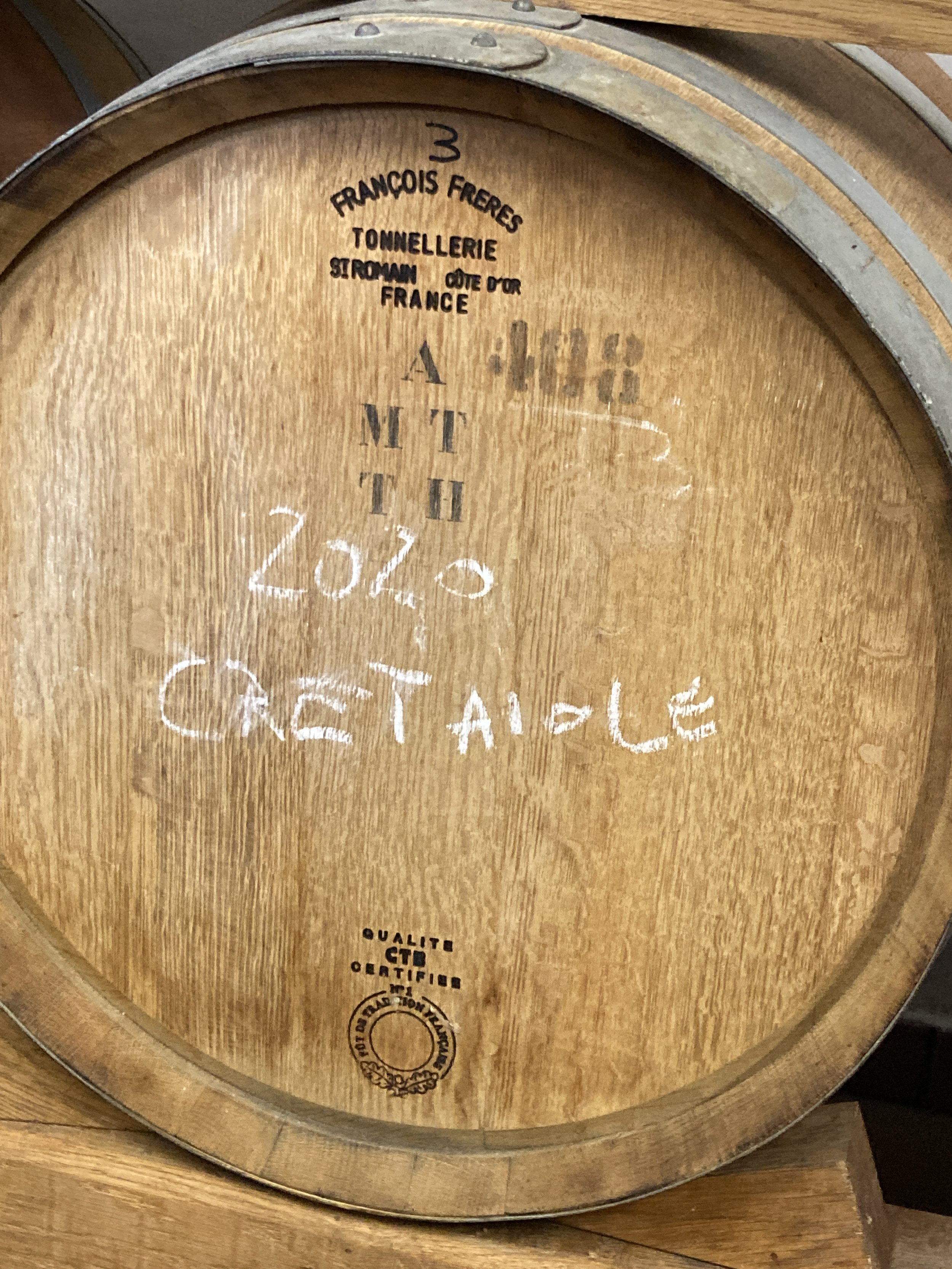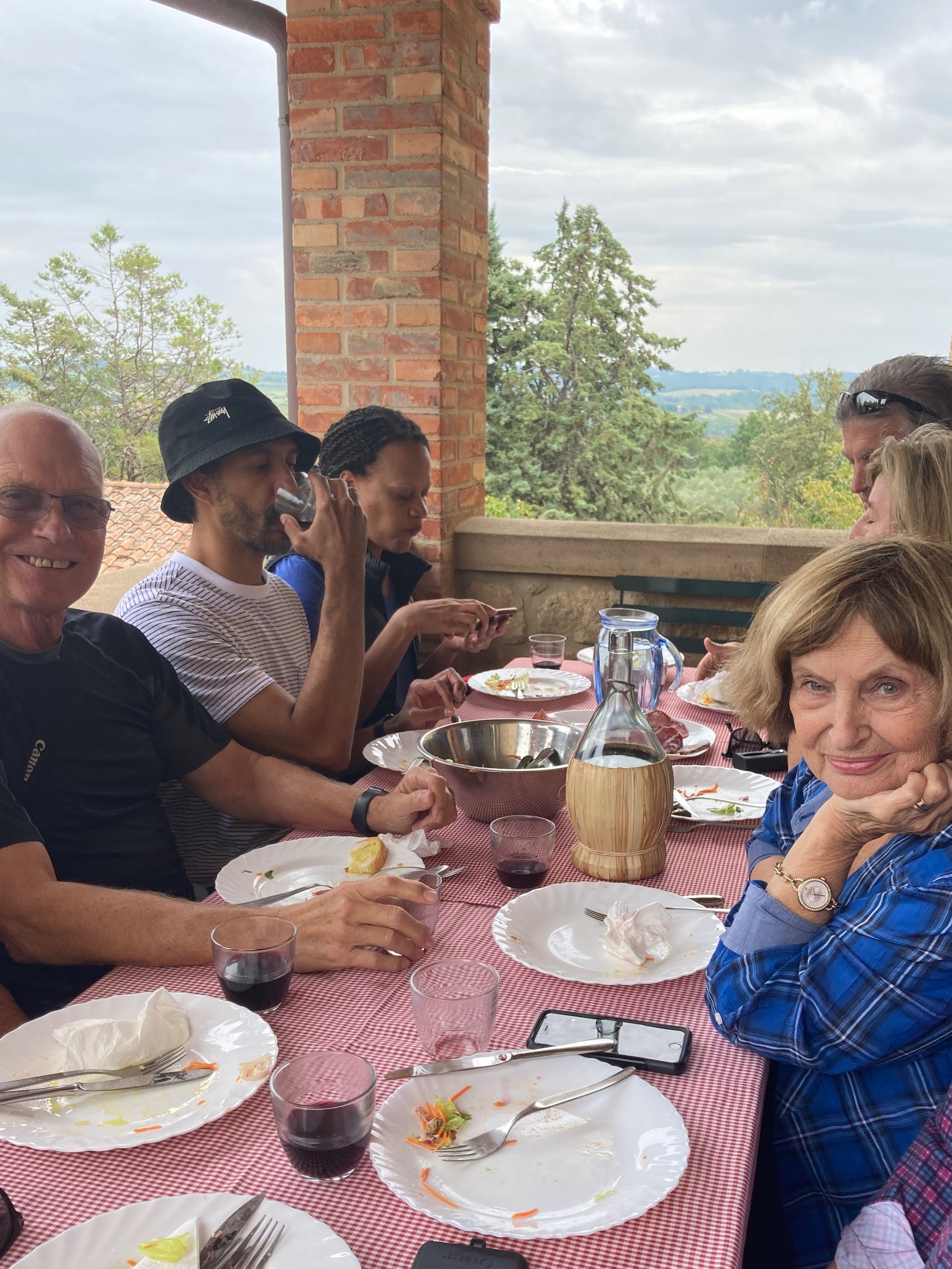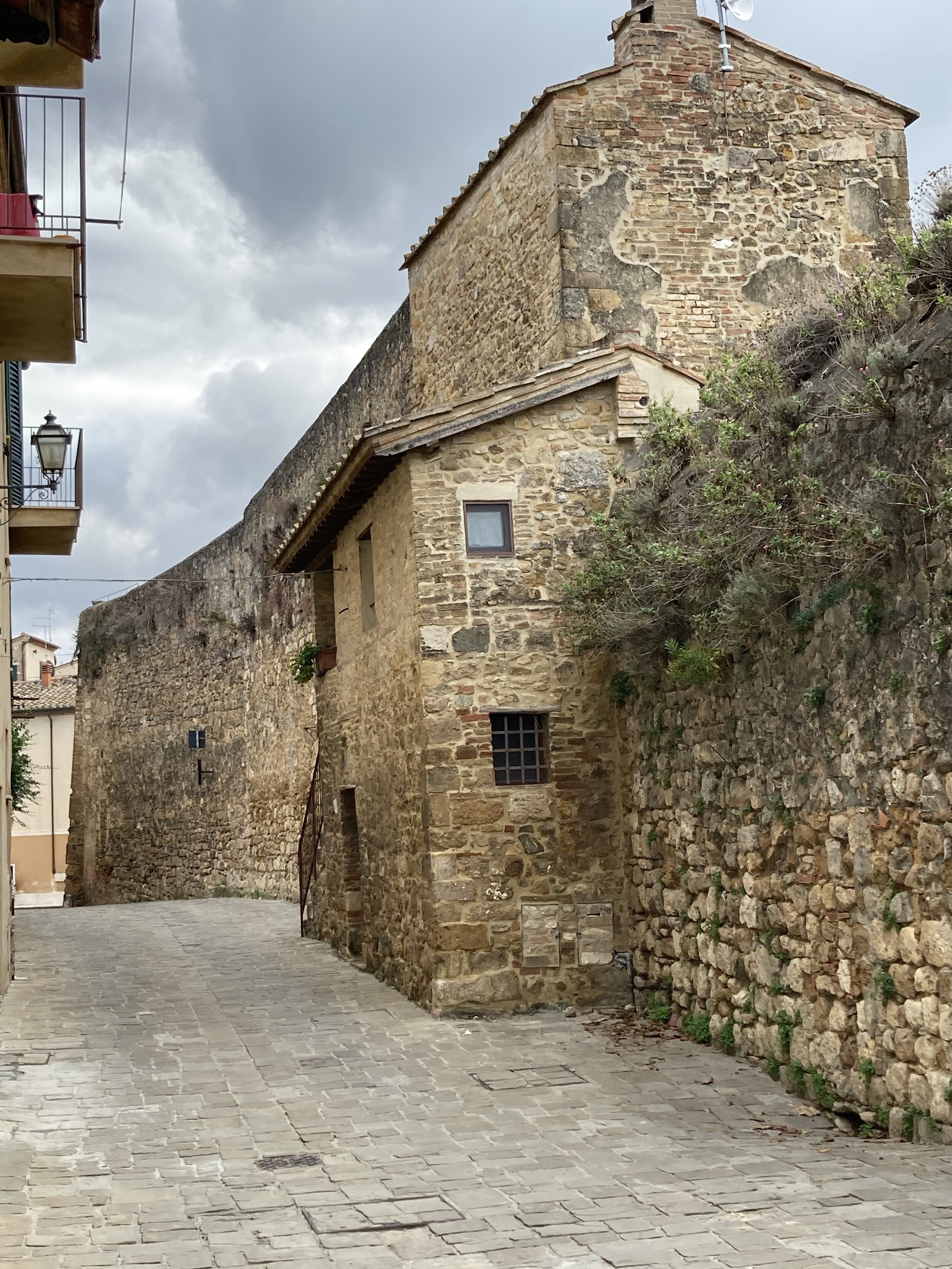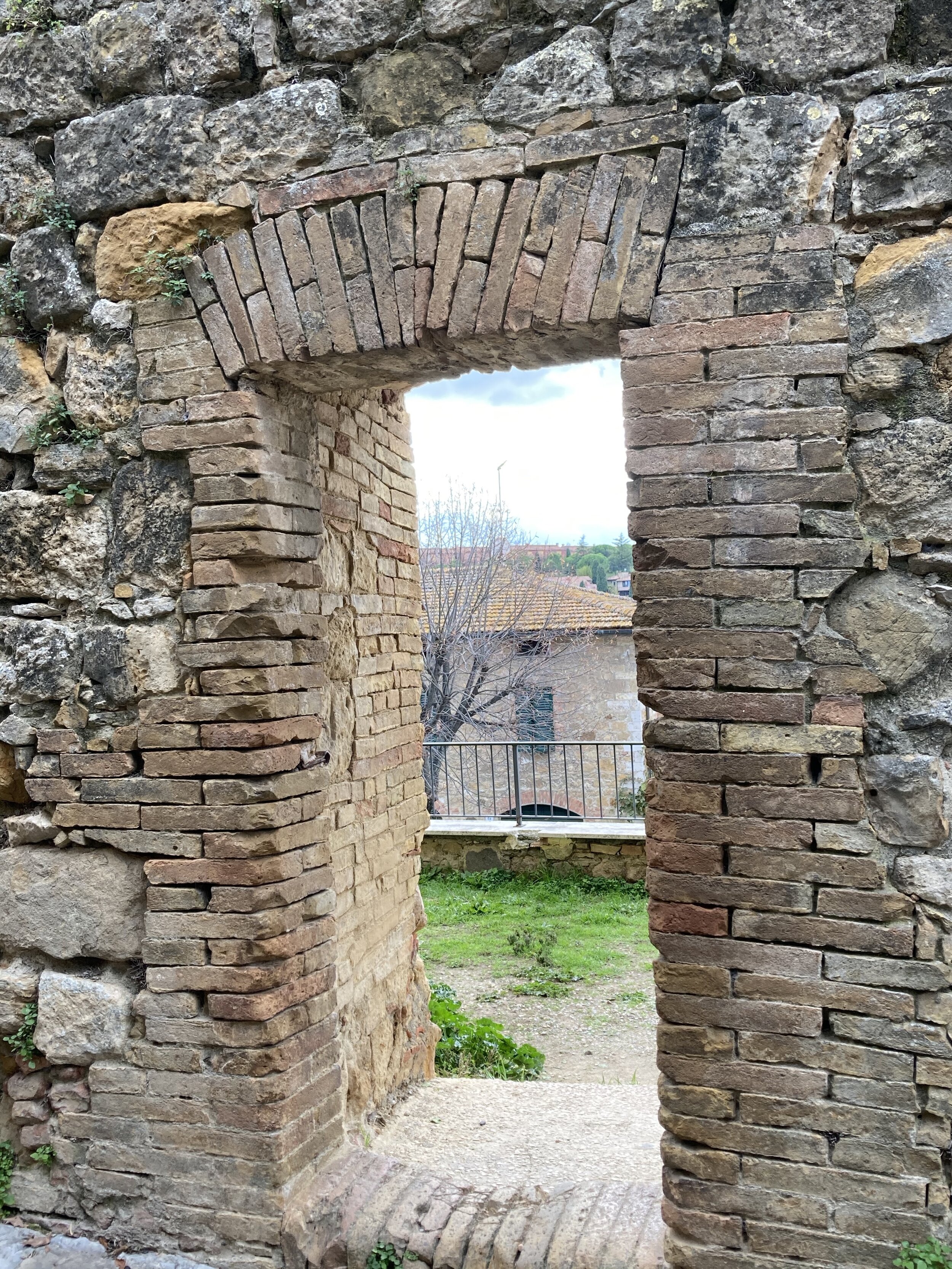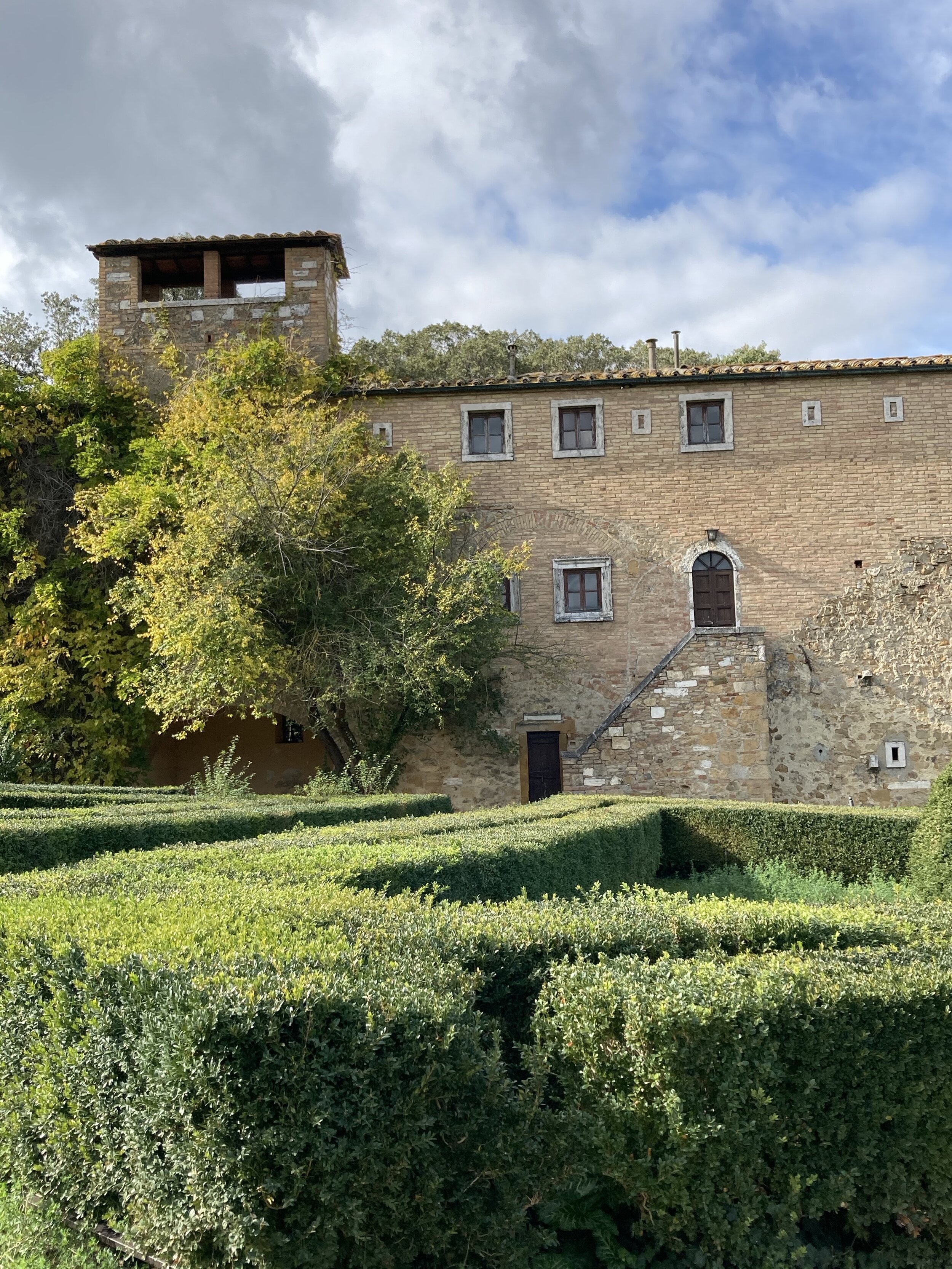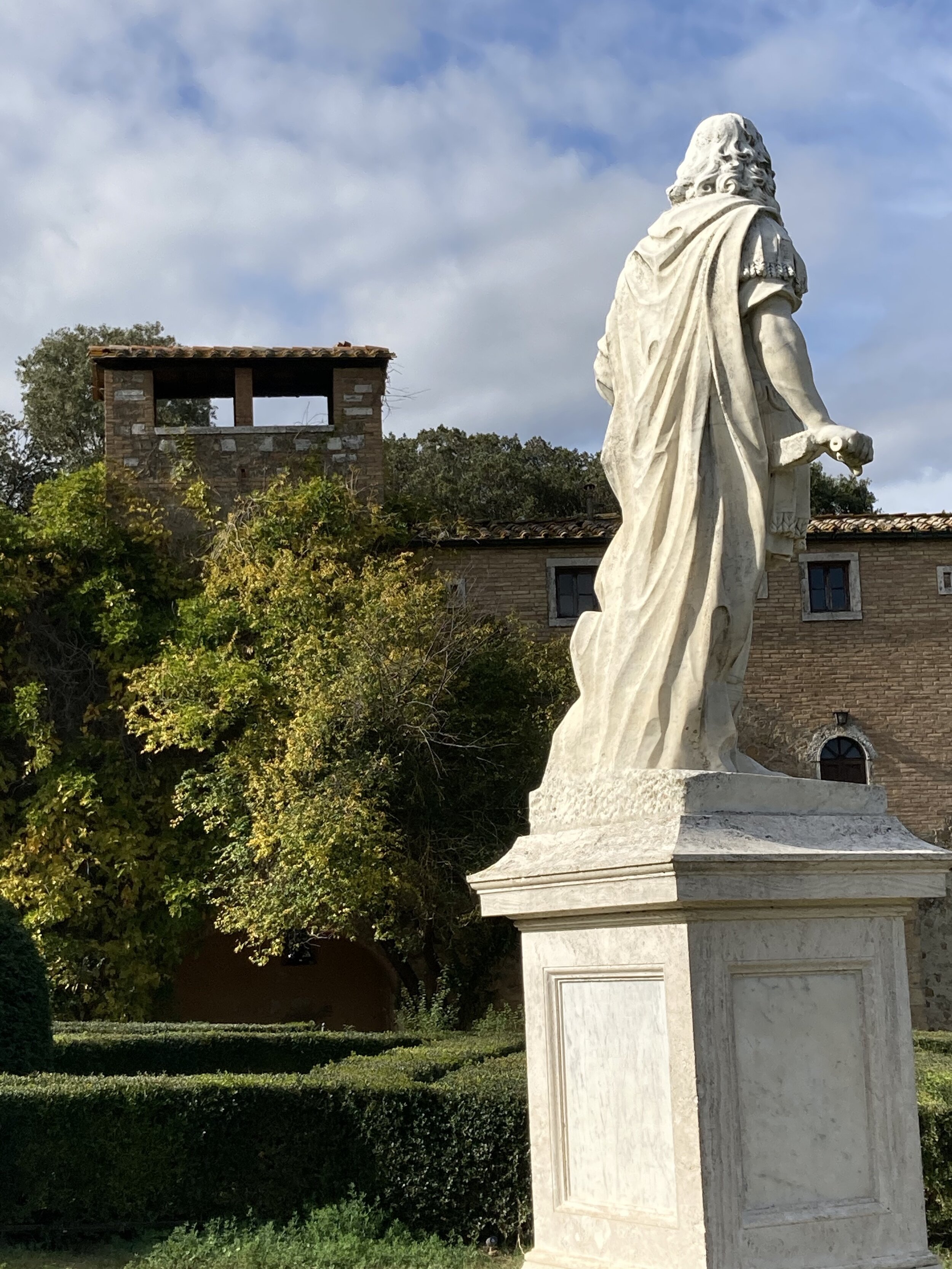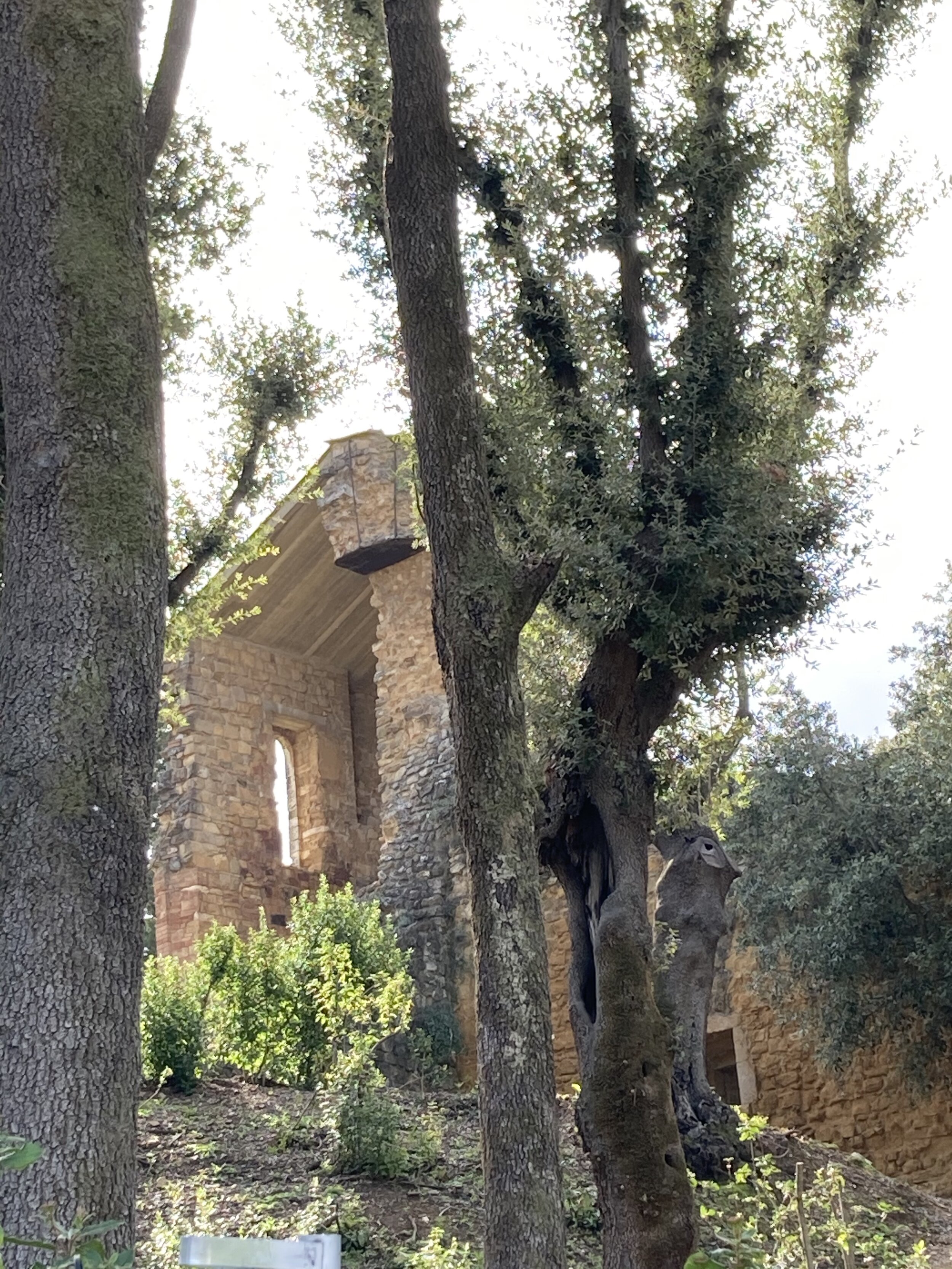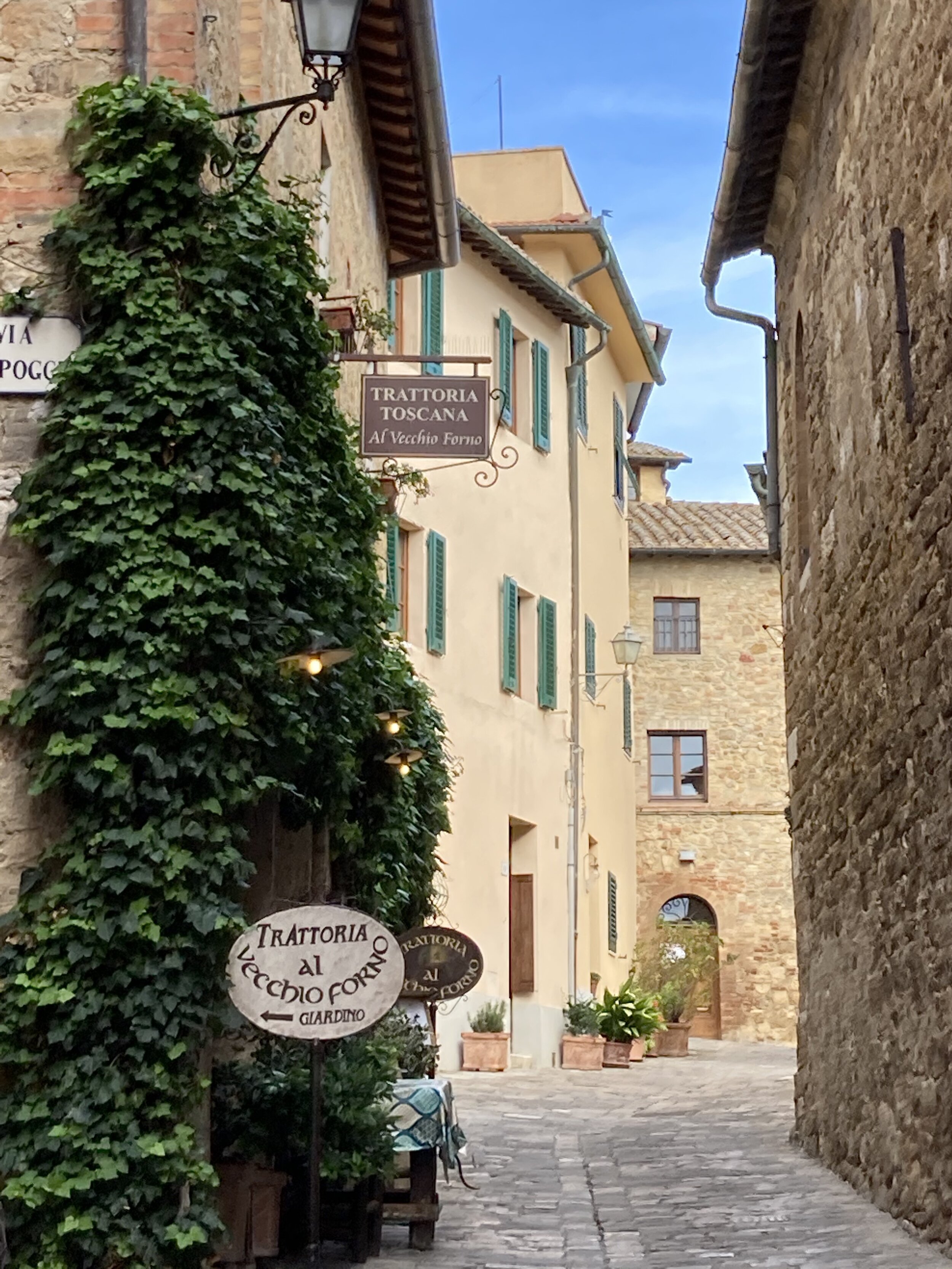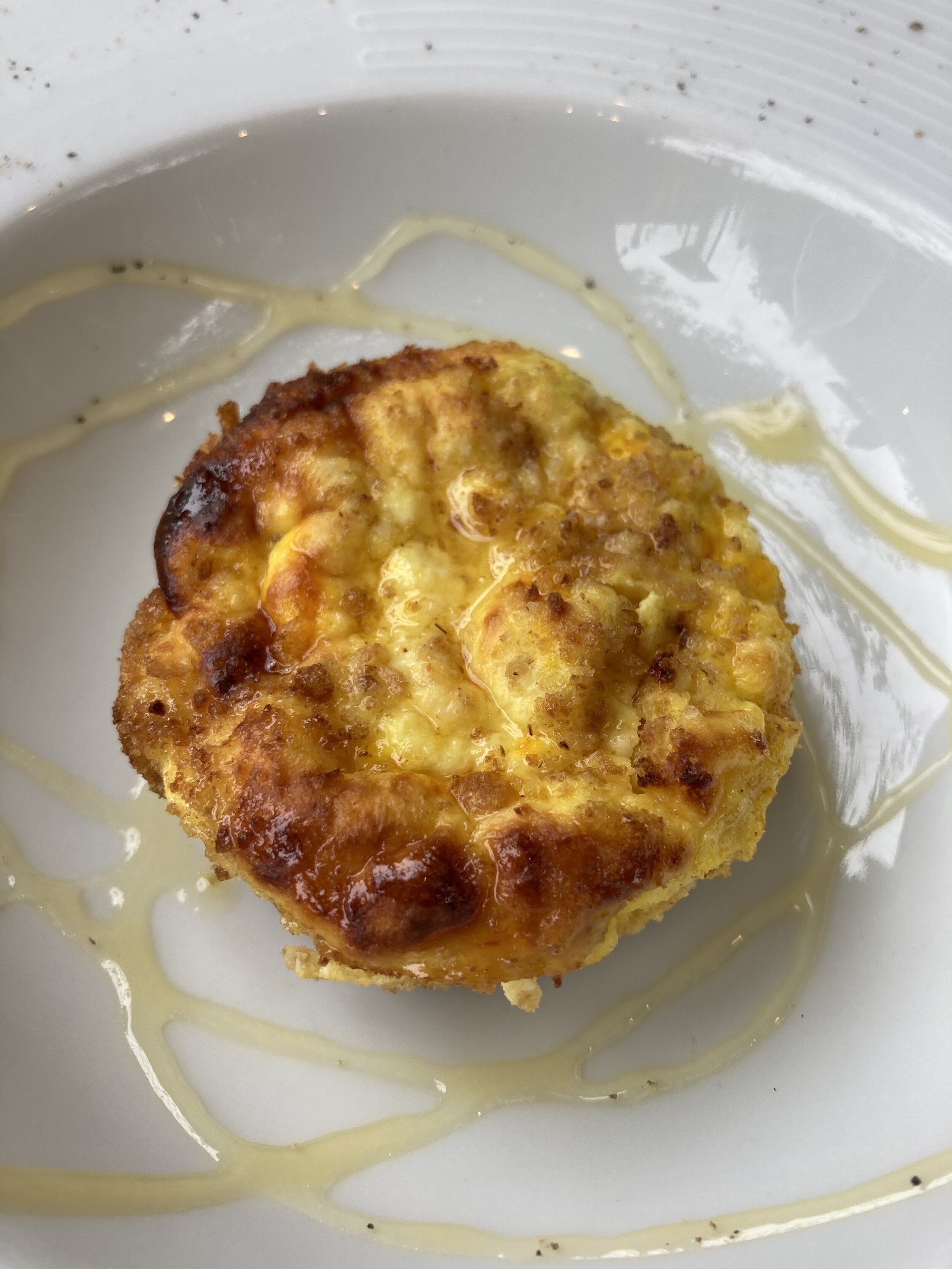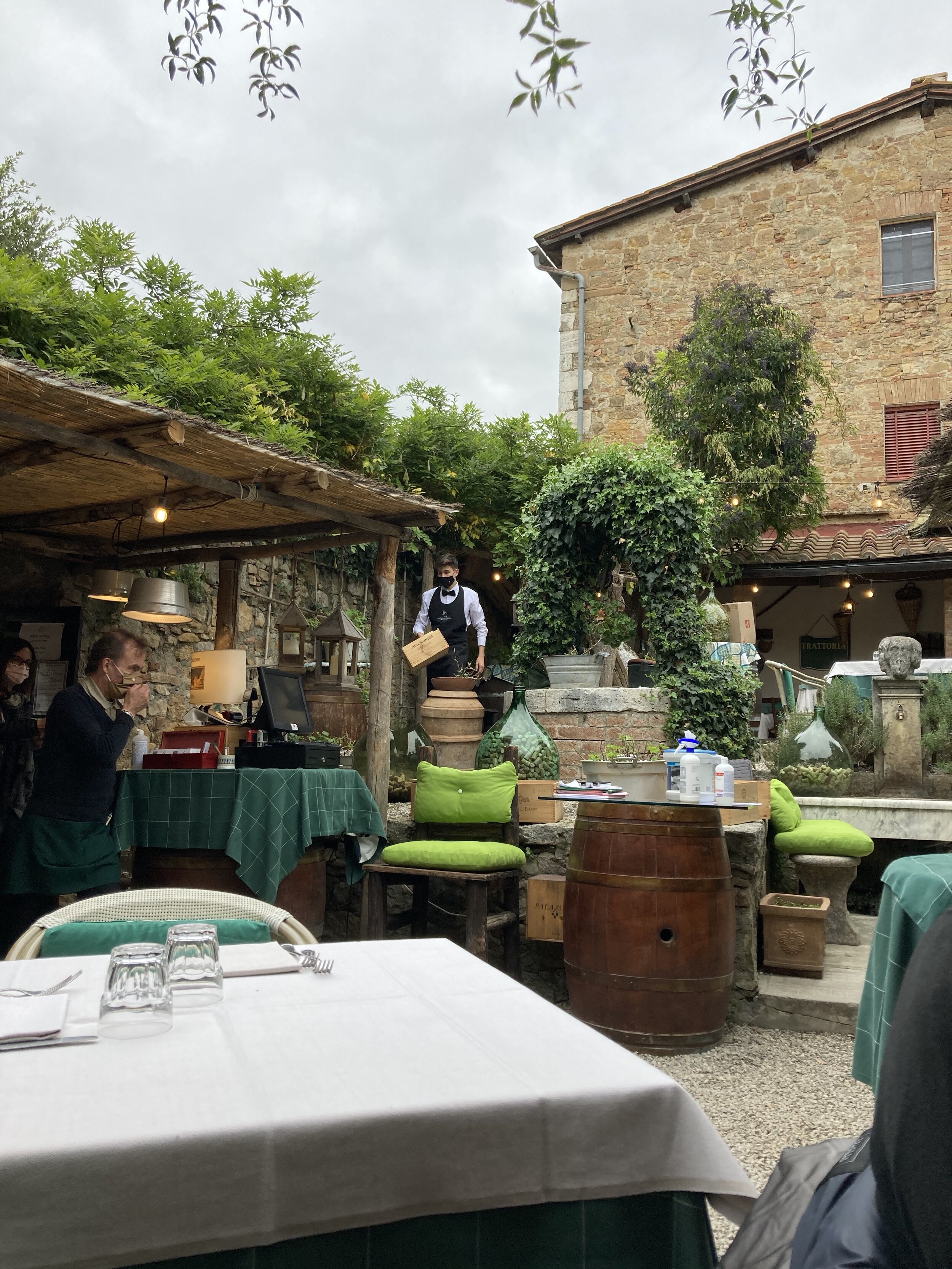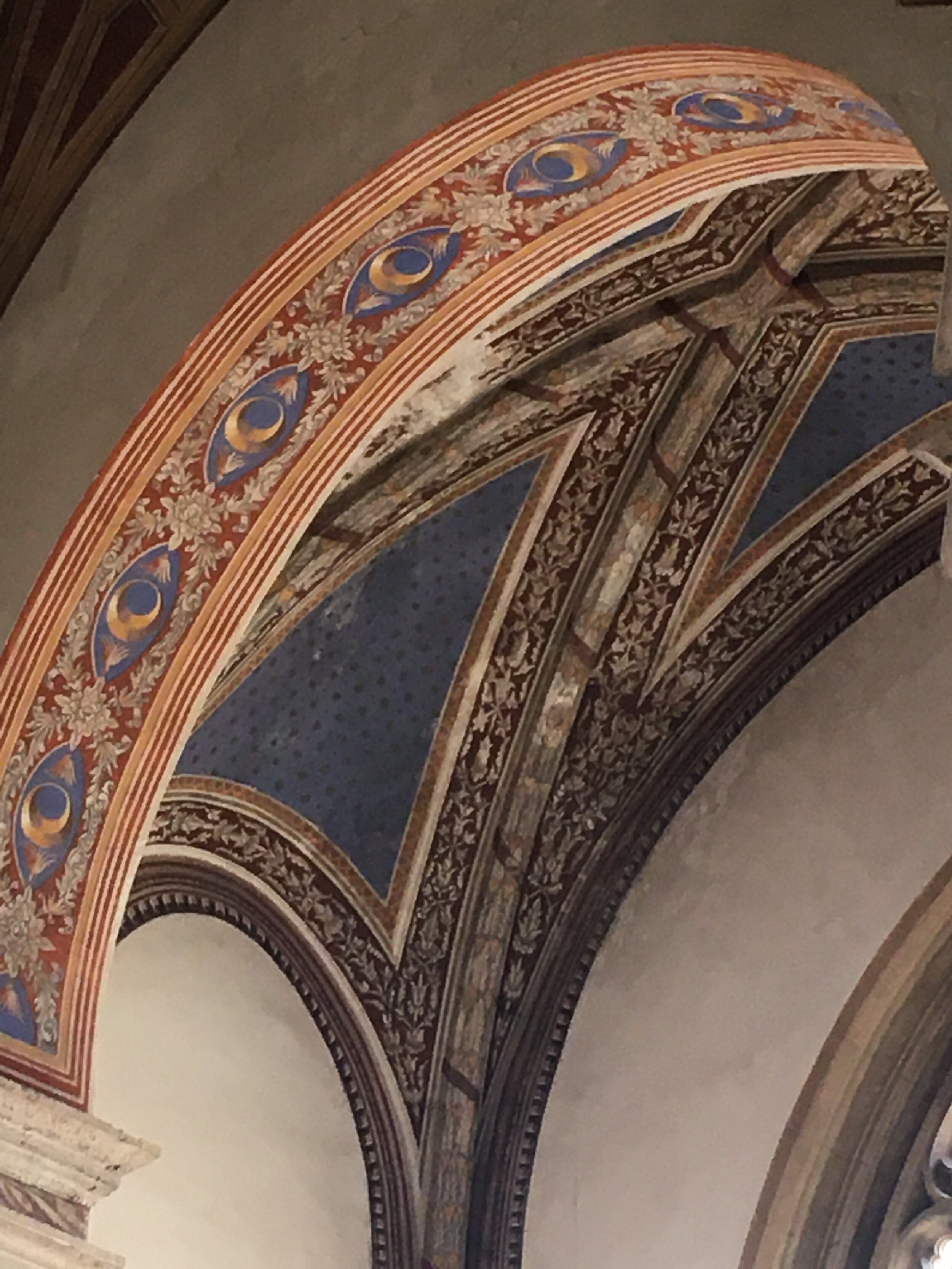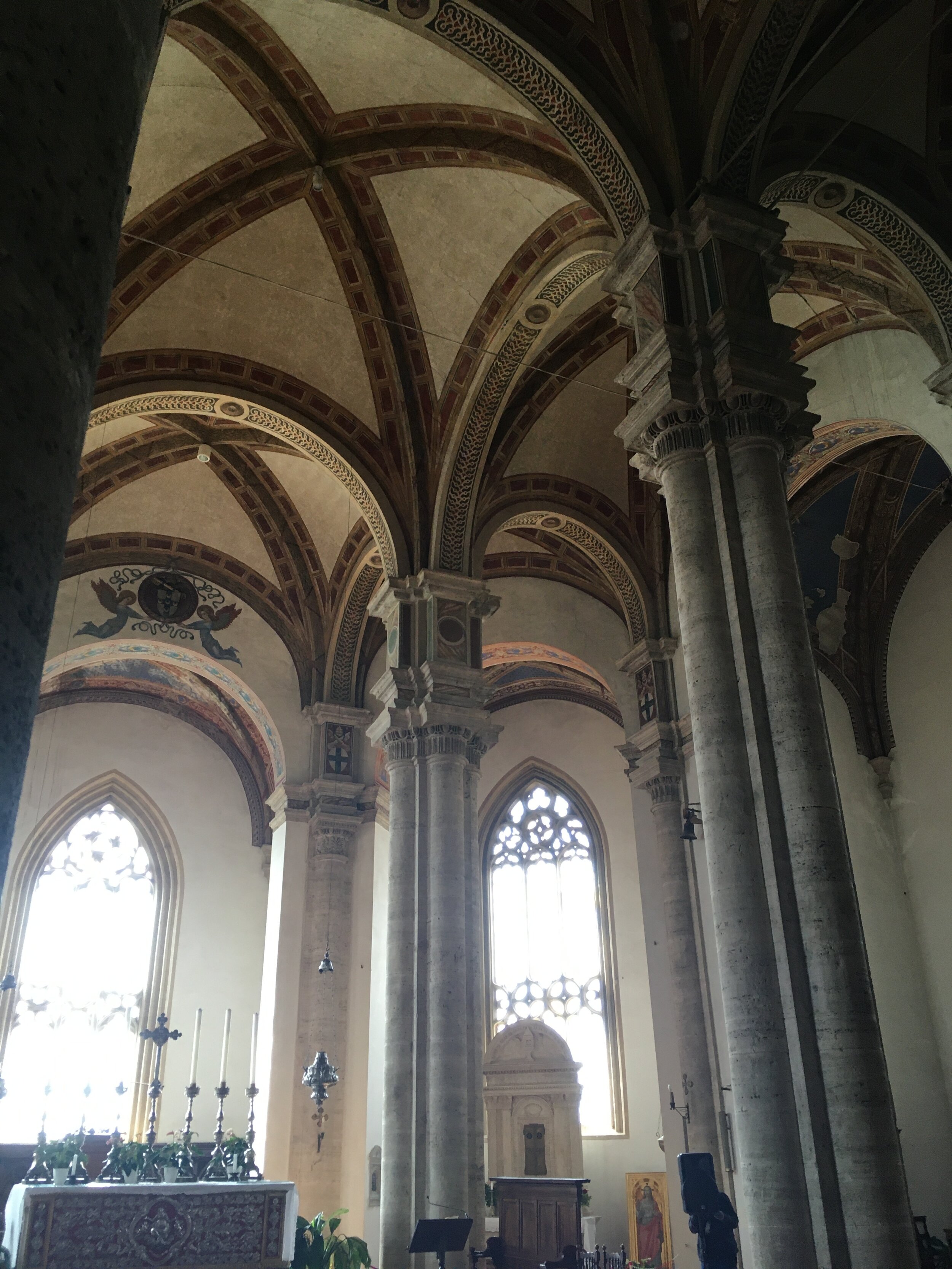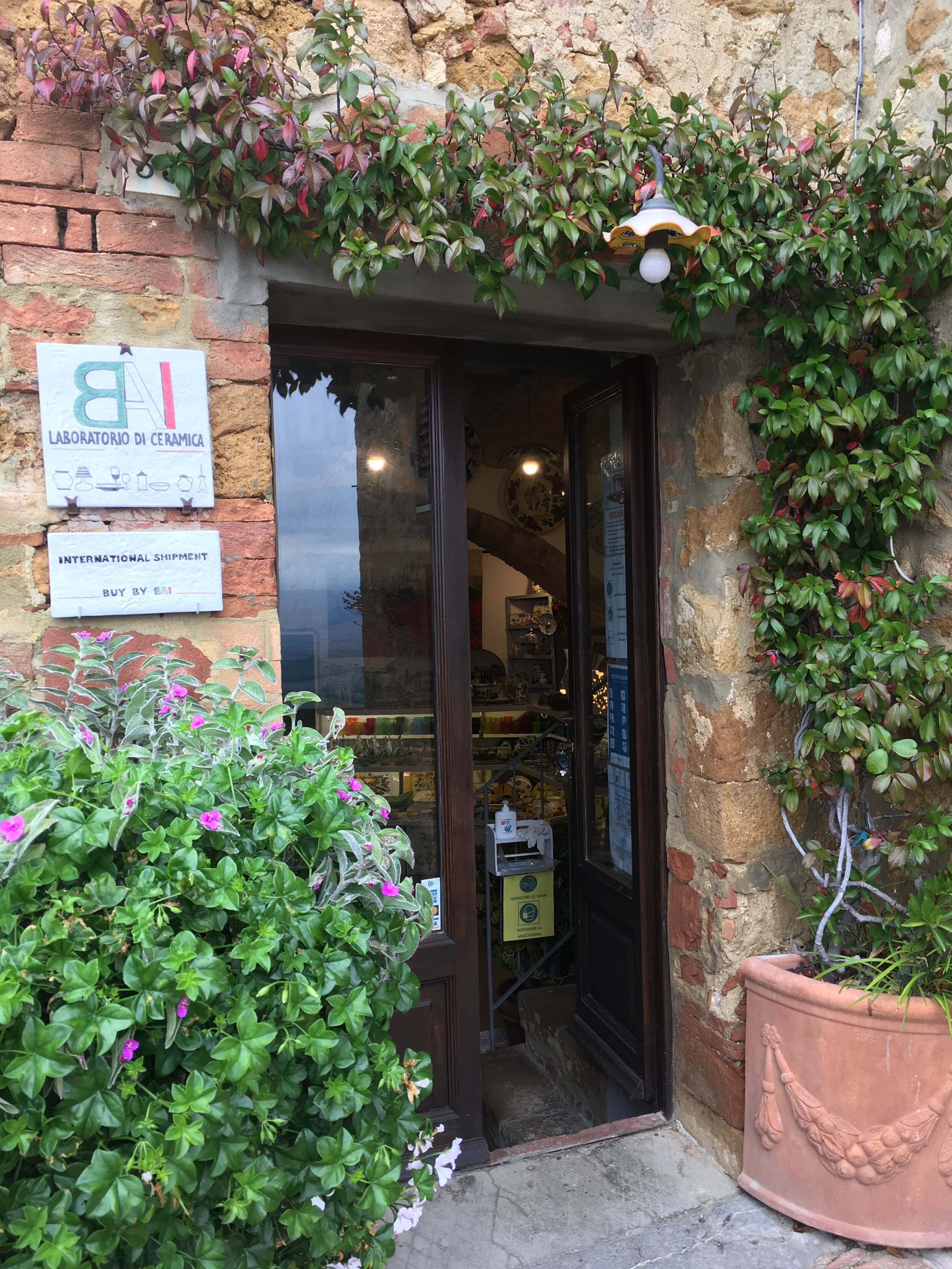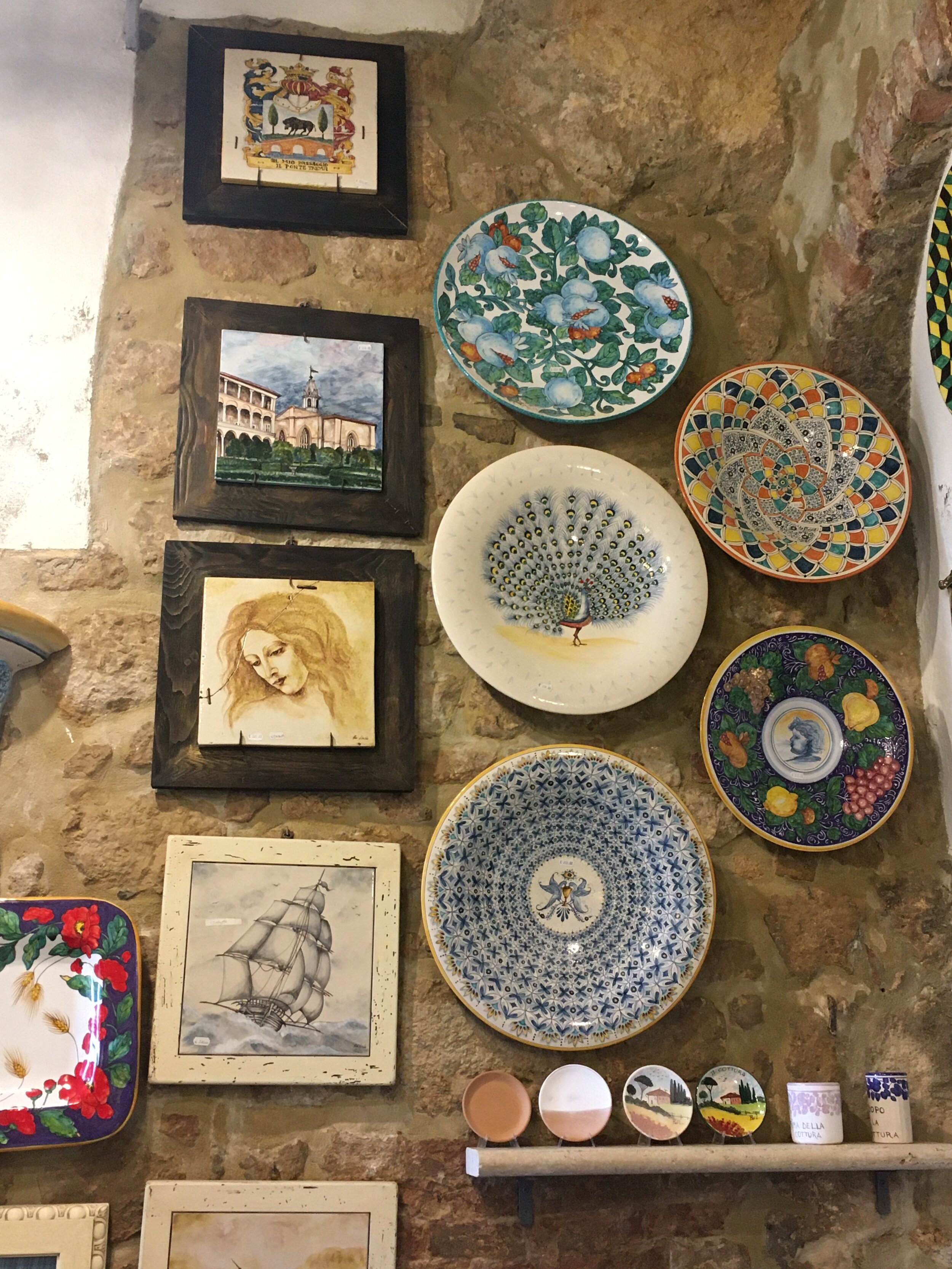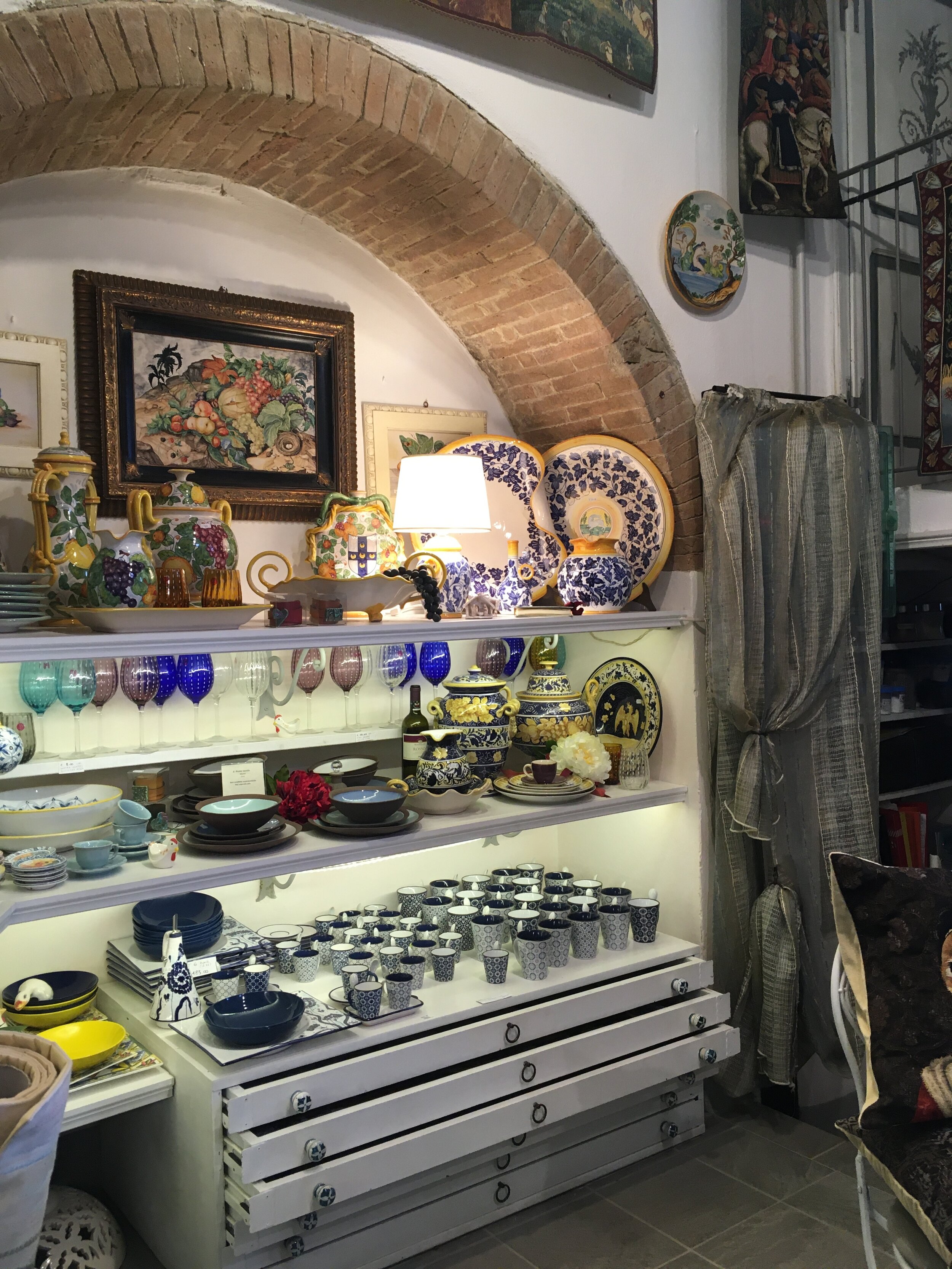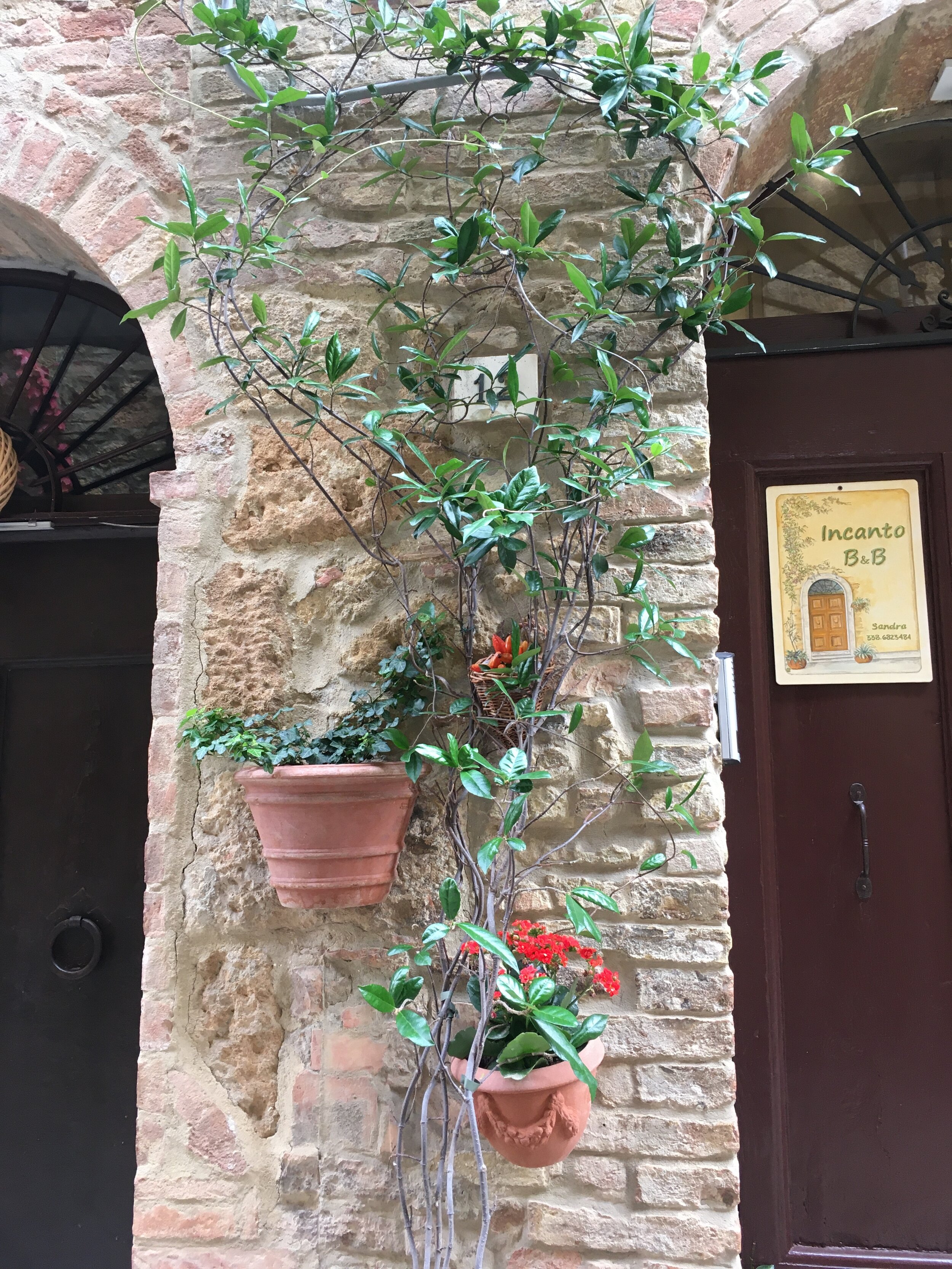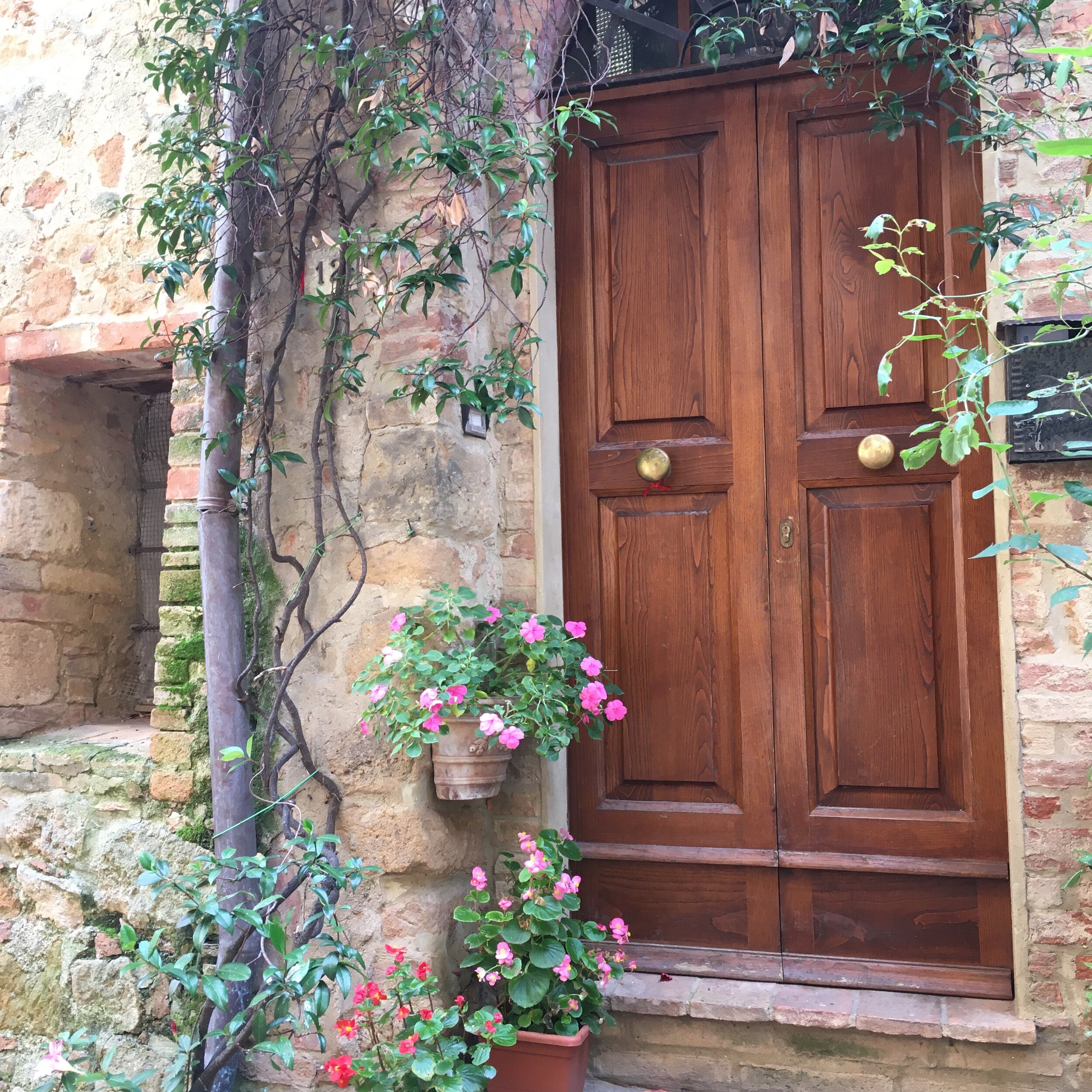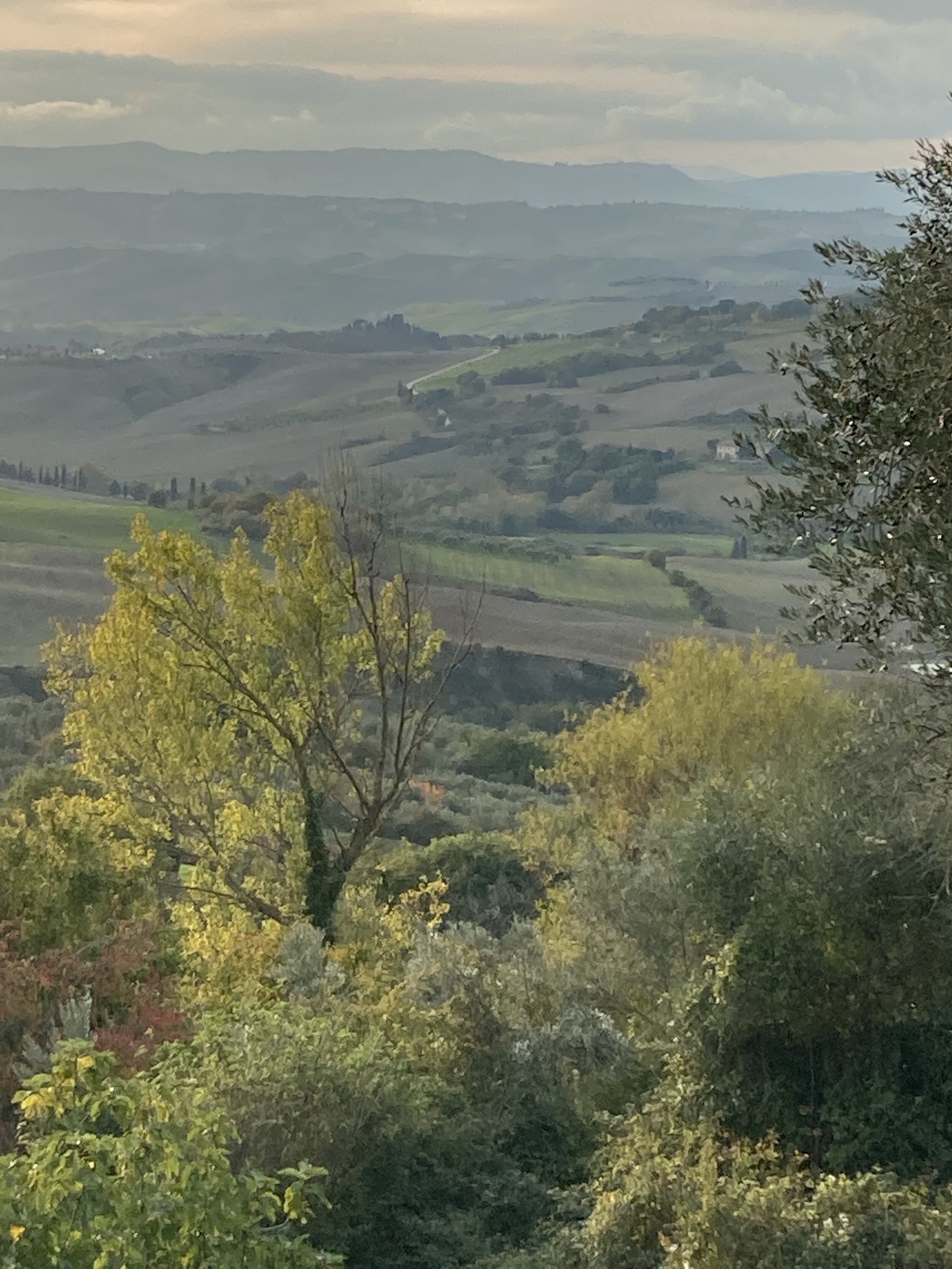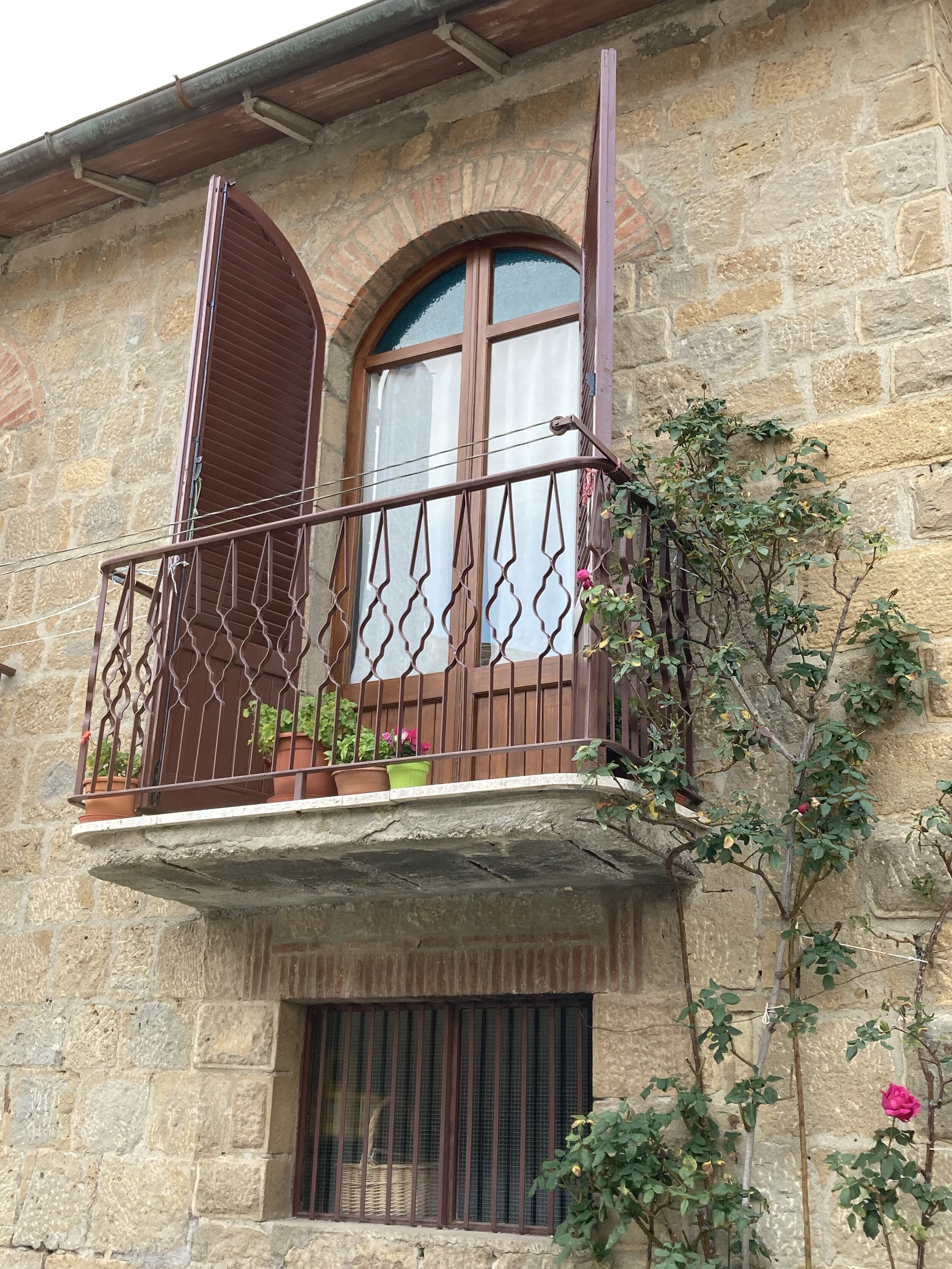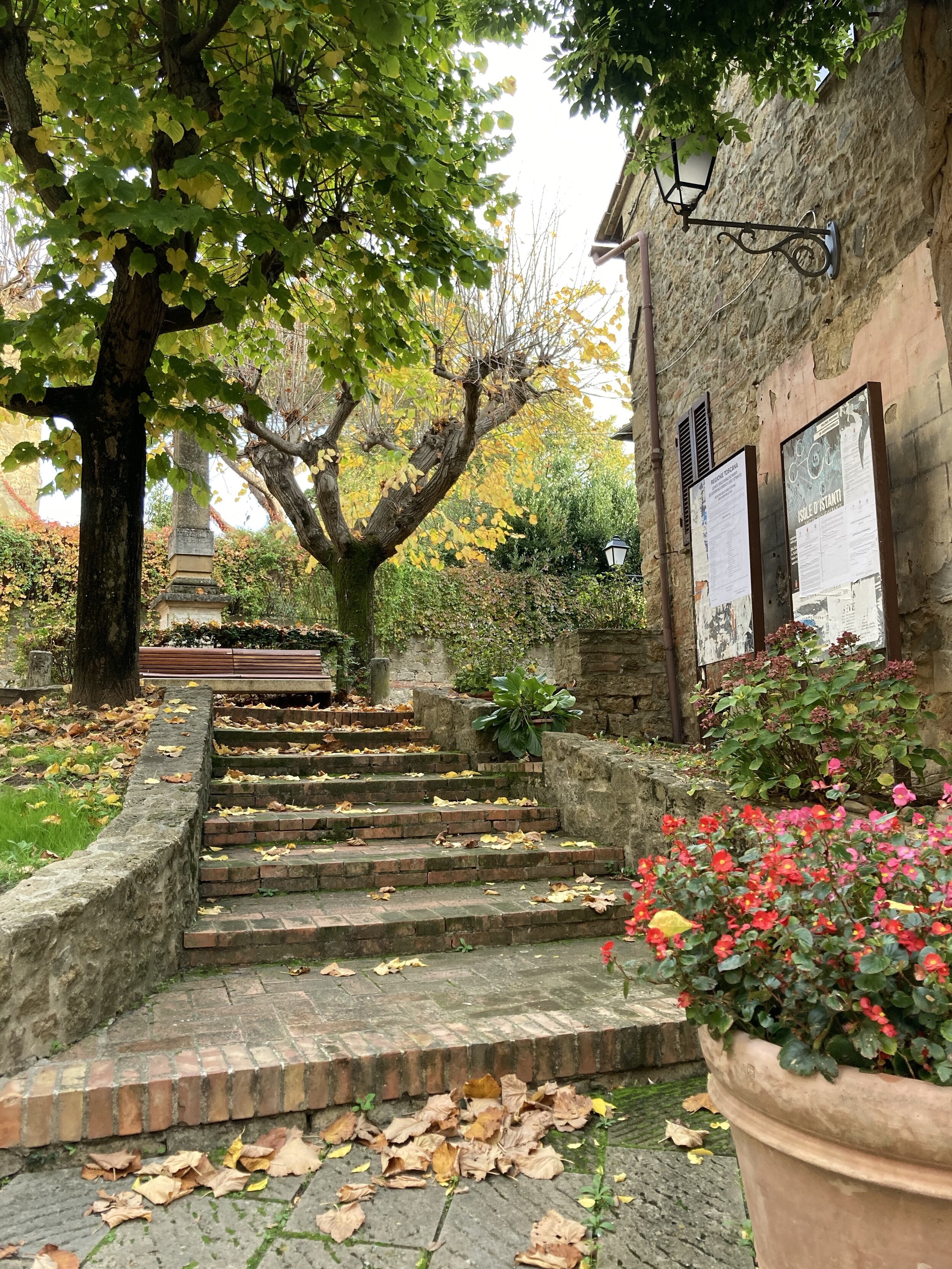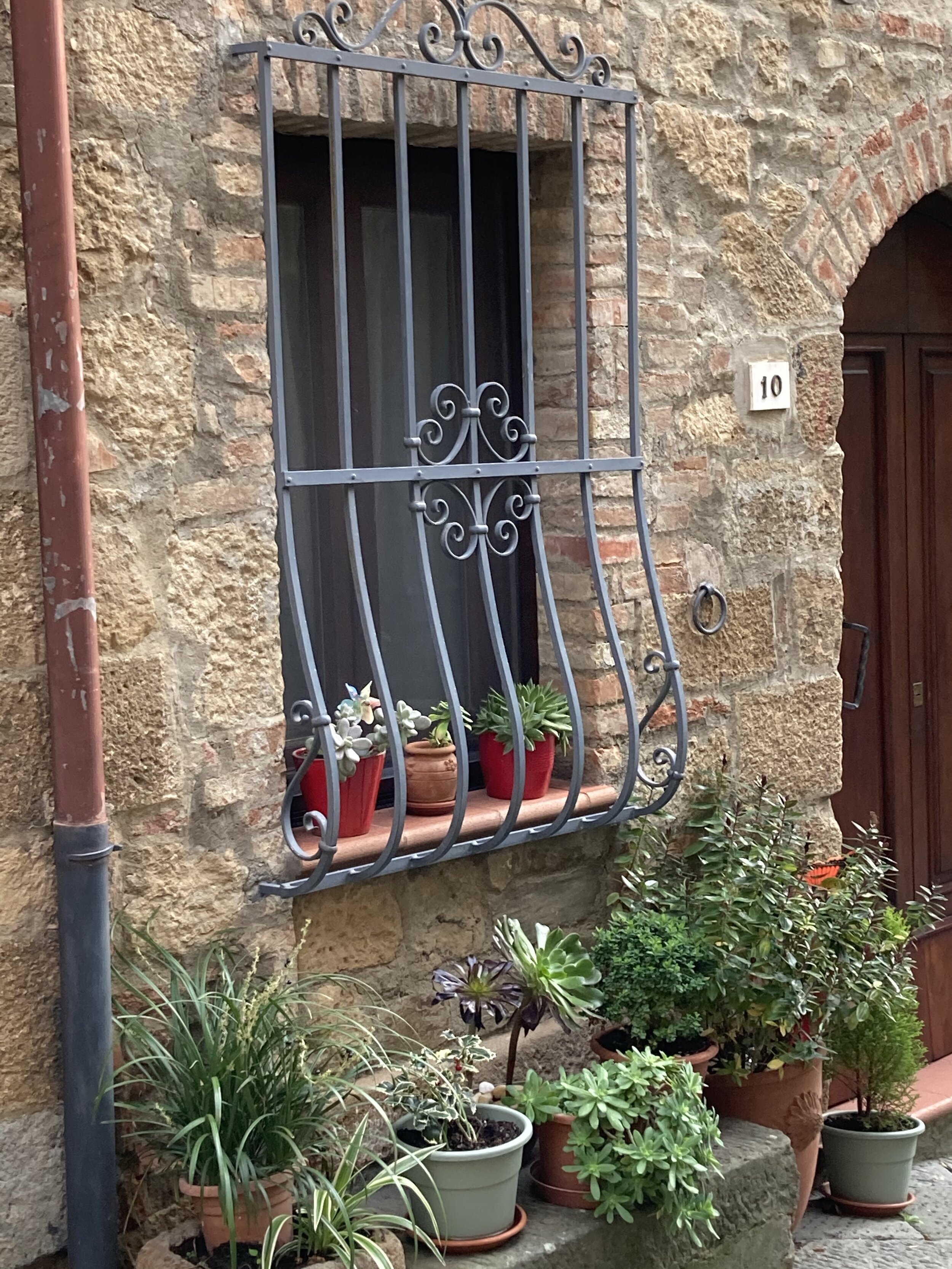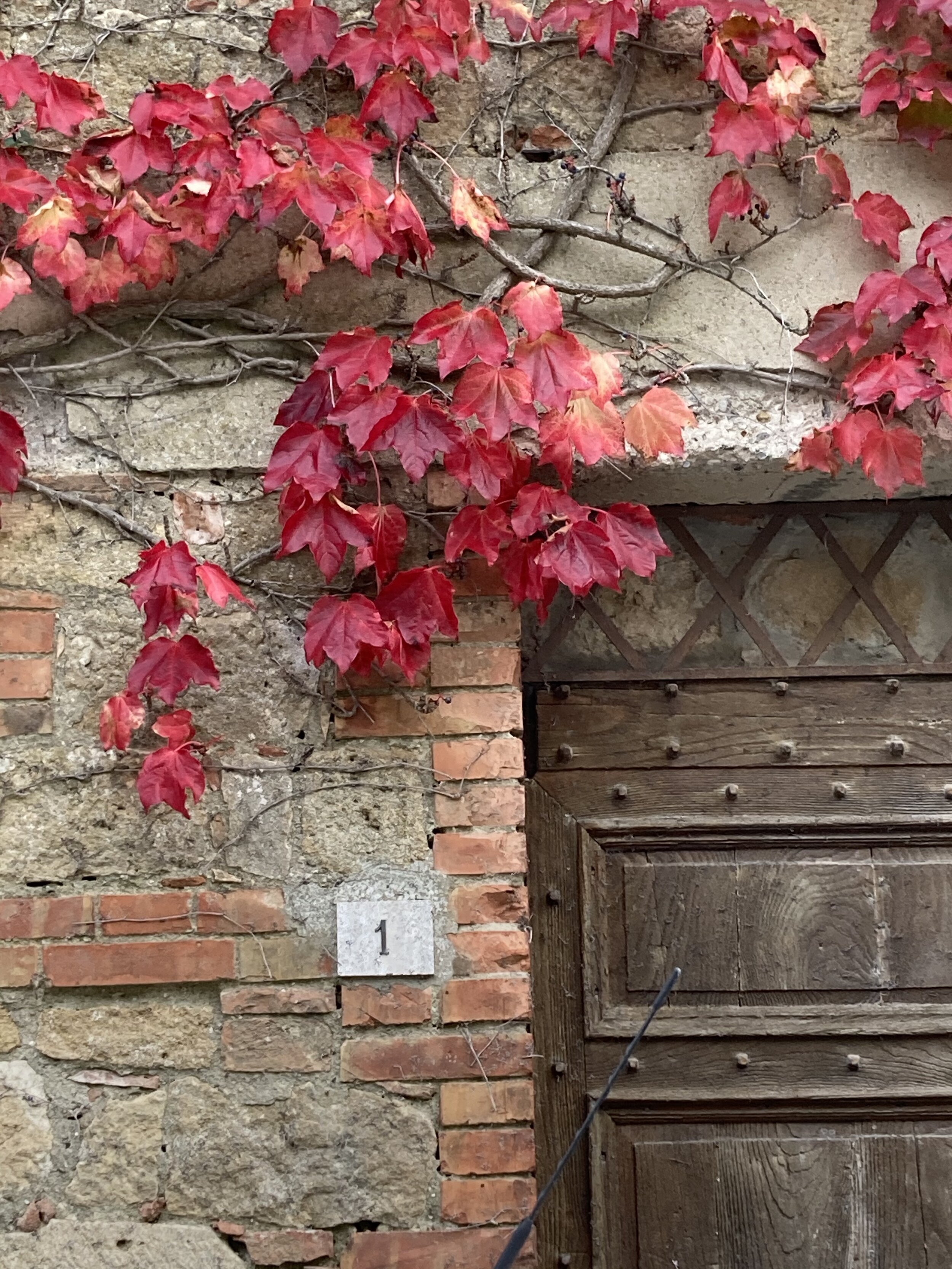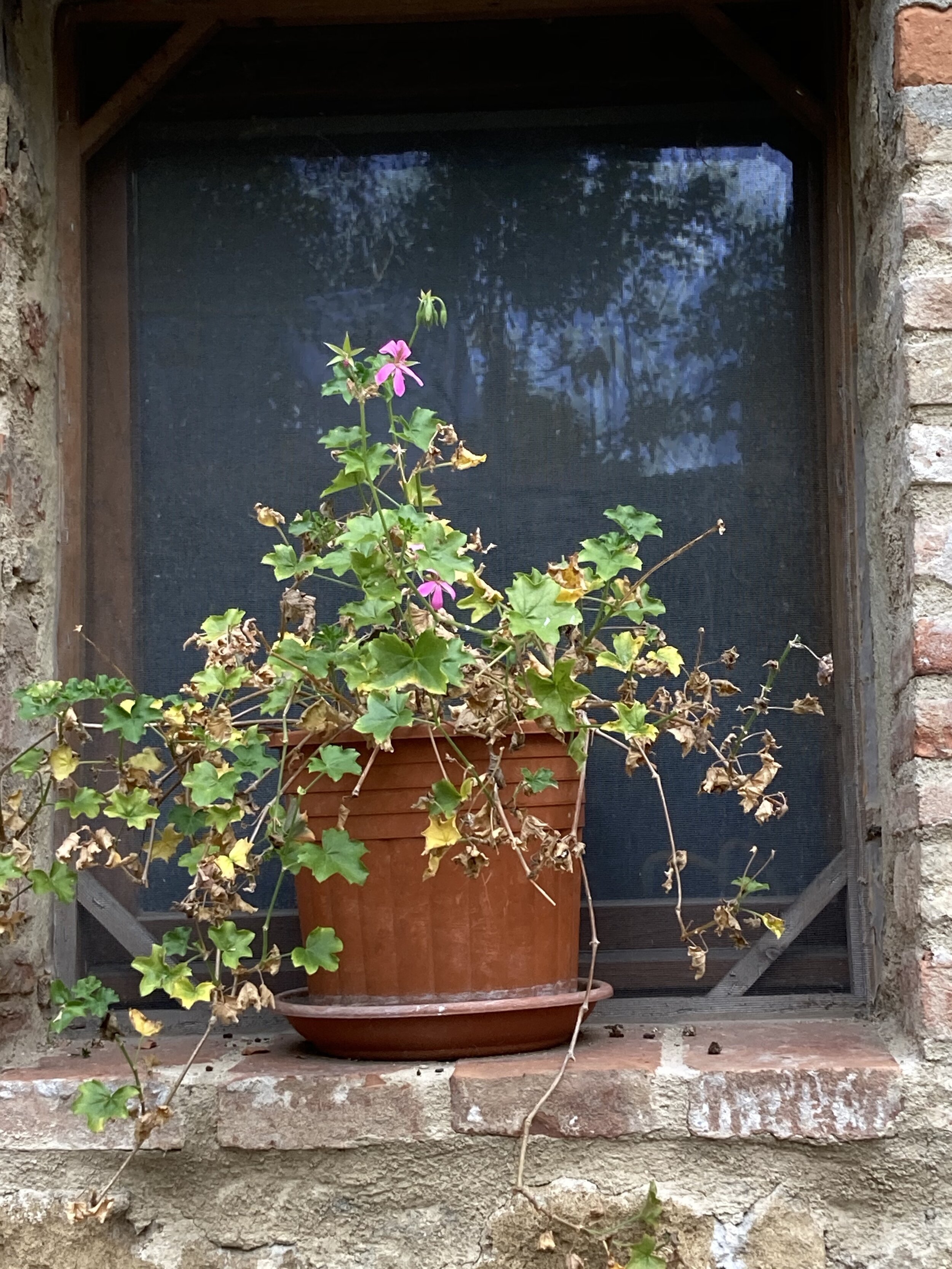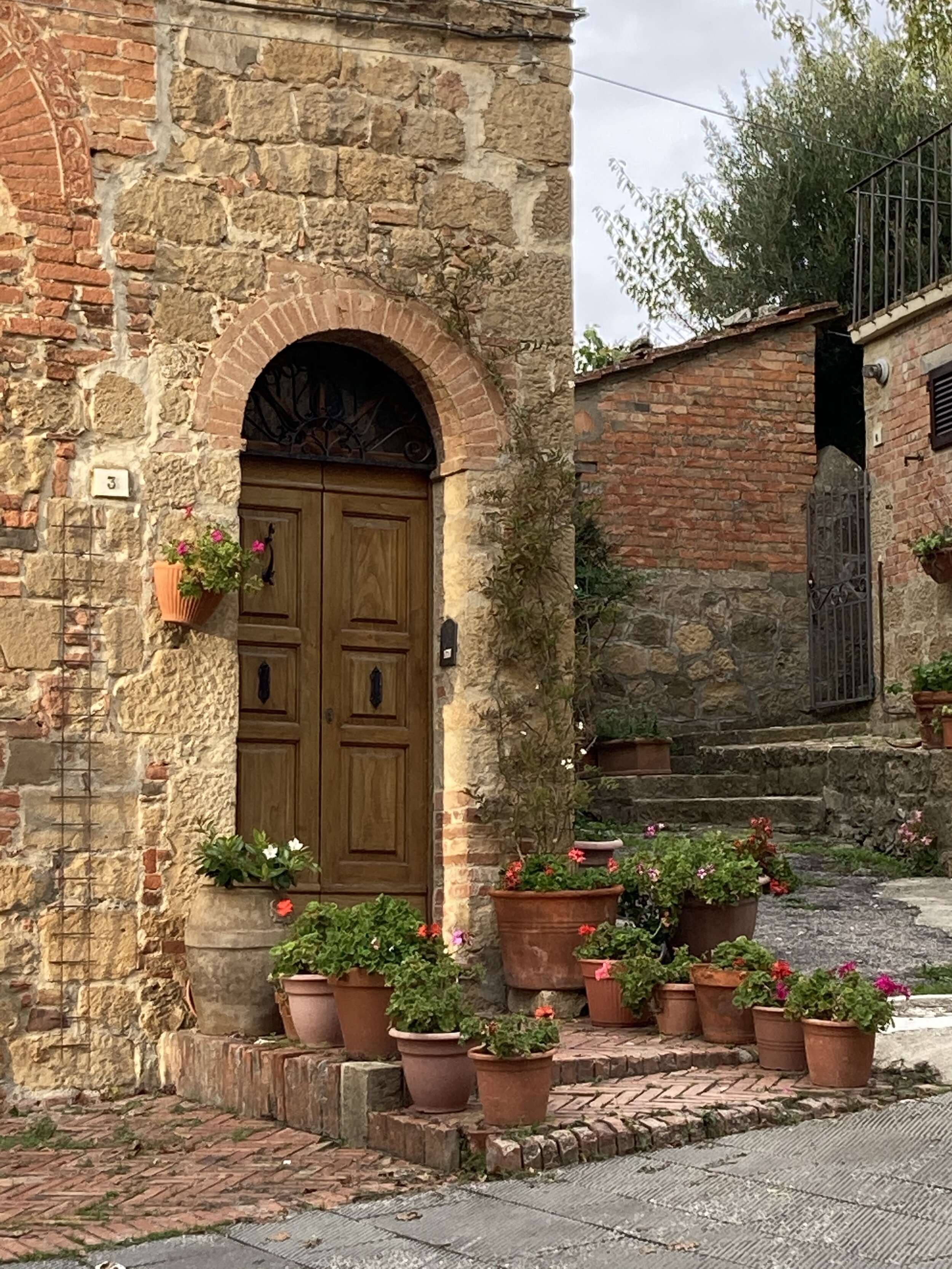Agriturismo Cretaiole and Luciano's Farm
Some places, and some people, are special. Agriturismo Cretaiole is one such place and Luciano Moricciani, its founder, is the special person who started it all. Son Carlo and grandson Nicco, both of whom are pretty special too, have taken over much of the day-to-day operations at the Cretaiole with the help of the delightful Fernanda who is a whiz at organizing everything for guests. But it is Luciano, at 82 years of age, who remains the steady hand, keeper of history, and the warm heart behind the agriturismo and farm.
Agriturismo Cretaiole - a classic Tuscan stone farmhouse with beautiful accommodations for up to 20 guests.
I’ve written about Cretaiole before – after my first visit in 2016 and again in 2020. The 2020 visit took place during the pandemic when no other tourists were around. At that time, Carlo kindly allowed my friend and I to stay and participate in the olive harvest. The quiet of that visit was quite a contrast to the laughter and activity during my first stay. For more info, the previous posts can be found here: www.twopartsitaly.com/2020/11/2/1erwrj2r1njhhb89nvw9j1b43wv5ic. www.twopartsitaly.com/2016/12/14/a-week-at-agriturismo-cretiaole
The living room / kitchen of the Il Granaio apartment at Cretaiole
This year the visitors have returned, many of whom waited nearly three years to reschedule pandemic cancelled trips. They came for many reasons – the beauty of the Val d’Orcia, the excellent local wines, the peacefulness of Cretaiole’s setting. They also arrived to take part in the wonderful activities included in Cretaiole’s “Dolce Vita” package - pici making, truffle hunting, early morning hikes, group dinners, wine and olive oil tasting. And then there is “The Isabella Experience” which includes luxury linens and many special touches as well as the opportunity to visit all the small villages of the Val d’Orcia which are just a short drive from Cretaiole.
And, as one guest told me, she came because she’d read about Luciano in several blog posts and had been waiting for 3 years to drink grappa with him!
One of the highlights of a Cretaiole stay is a chance to visit Luciano’s farm, Podere San Gregorio, just 10 minutes from Cretaiole. During my October visit Luciano was recovering from a fall but he was still enthusiastic about walking the farm with us. He is the person most involved with the animals including sheep, chickens, geese, guinea fowl, one goat, a friendly dog, and some very large pigs. The sheep are pretty much pets but the pigs are the source of some of the farm’s specialties – prosciutto and salami – all prepared on-site.
The farm tour includes a stop at the barn where some of the oldest farm tools can be seen and where fascinating tales of the old ways of picking olives and harvesting wheat are told by both Luciano and grandson Nicco. It is easy to imagine the young Luciano scrambling up the trees on the rather rickety ladder that still hangs in the barn, basket at his waist, collecting olives and trying not to fall out of the tree (a common hazard in those days).
Luciano and me at Podere San Gregorio. I will present this photo on my return to claim a bottle of his Vin Santo.
Next stop: the building where the preparation of meats, sauces, and Vin Santo takes place. A promise was made that anyone who returns to the farm and presents a photo of themselves with Luciano, hands on the Vin Santo casks, takes home a free bottle. You can bet I have that photo saved, more because I hope to have another visit with Luciano then for the free bottle. Although that Vin Santo is really tasty!
Behind the work room is the small room where the white grapes for vin santo are dried. The grapes were still quite moist in mid-October, having only been harvested two weeks before. They tasted sweet and the aroma was wonderful.
Besides the barn, garden, work rooms, and animals there is also the large space where the wine is made and the olive oil stored. Next door is an aging room for pecorino cheese, prosciutto, and salami. The grape harvest had taken place a week or two before, the grapes pressed and the wine placed into the large vats to begin fermenting. Huge piles of dried grape skins remained, waiting to be sent off to grappa makers. The olive harvest will take place in late October / early November, so soon the olive oil tanks will be filled with the new 2022 oil. I would like to go back even if just to buy some of the new oil.
After the farm tour we all gathered around tables for a straight-from-the-farm lunch. Slices of bread with Cretaiole olive oil (it is really, really good), local pecorino aged on the farm, platters of prosciutto and salami, caprese salad, and Cretaiole red wine (also quite good). We finished with some of Luciano’s very special Vin Santo and cantucci for dipping. There may even have been a bit of grappa poured.
It was wonderful to have Luciano with us on the farm tour and again at Cretaiole’s group pici dinner. He clearly enjoys sharing his stories and his farm with visitors. He also enjoys talking with visitors and hearing the stories they tell (he speaks Italian and is also great at using google translate to speak with English speaking visitors). He has a lifetime of experience as an authentic Tuscan contadino (farmer) but, even better, he shares the joy of his land, his family, his farm, and his heart. Luciano is one very special part of the Cretaiole experience.
Ti voglio bene Luciano!




